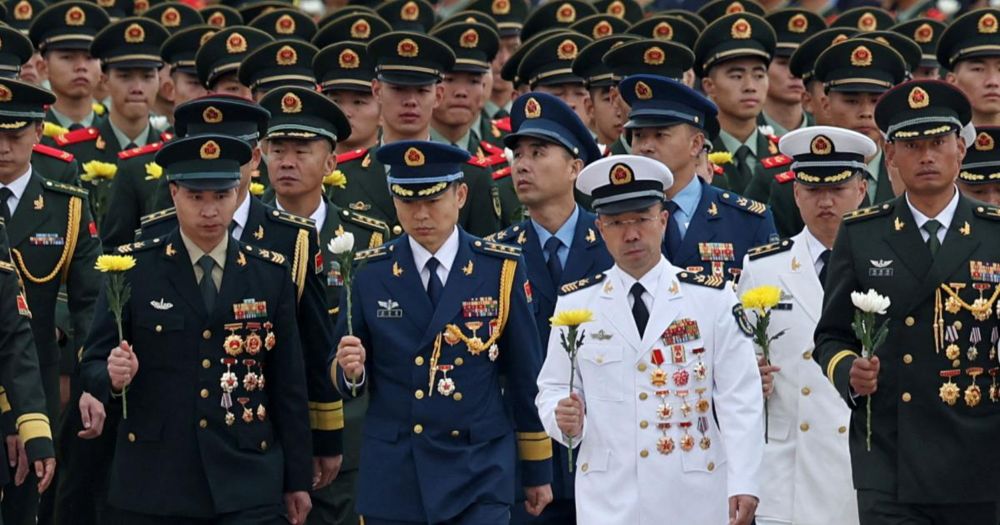Sam Bresnick
@sambresnick.bsky.social
240 followers
310 following
35 posts
Research Fellow @csetgeorgetown.bsky.social
China + Emerging Tech
Posts
Media
Videos
Starter Packs
Sam Bresnick
@sambresnick.bsky.social
· Sep 3

Pulling Back the Curtain on China’s Military-Civil Fusion | Center for Security and Emerging Technology
China’s efforts to develop AI-related military capabilities have garnered significant interest in the United States. Drawing on 2,857 AI-related defense contract award notices published between Januar...
cset.georgetown.edu
Sam Bresnick
@sambresnick.bsky.social
· Sep 3
Sam Bresnick
@sambresnick.bsky.social
· Sep 3
Sam Bresnick
@sambresnick.bsky.social
· Sep 3
Sam Bresnick
@sambresnick.bsky.social
· Sep 3
Sam Bresnick
@sambresnick.bsky.social
· Sep 3
Sam Bresnick
@sambresnick.bsky.social
· Aug 22
Sam Bresnick
@sambresnick.bsky.social
· Aug 22
Sam Bresnick
@sambresnick.bsky.social
· Aug 22
Sam Bresnick
@sambresnick.bsky.social
· Aug 22
Sam Bresnick
@sambresnick.bsky.social
· Aug 22
Reposted by Sam Bresnick
Sam Bresnick
@sambresnick.bsky.social
· Apr 10
Sam Bresnick
@sambresnick.bsky.social
· Apr 10
Sam Bresnick
@sambresnick.bsky.social
· Apr 10











